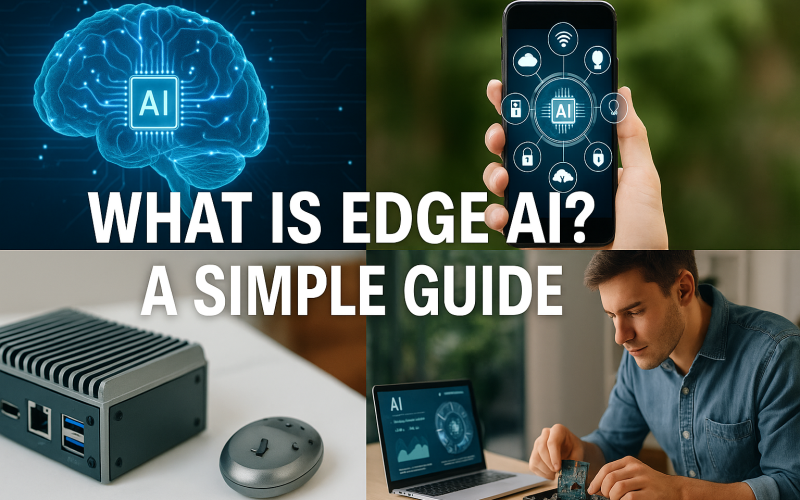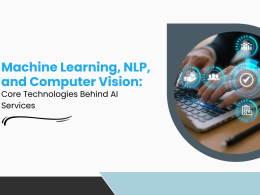Introduction
Picture a smart traffic camera that spots an accident and alerts drivers in under a second—no data round-trip to a distant cloud. Or a fitness watch that detects heart issues even when you jog without your phone. That instant brainpower happens because of edge ai, a way of running machine-learning models right where the data is born. In 2025, as sensors multiply and networks get crowded, sending every byte to remote servers wastes time, energy, and sometimes privacy. This guide breaks down what edge ai means, how it works, why it matters, and how you can begin using it without a PhD in computer science.
What Is Edge AI
Edge ai is the practice of deploying artificial-intelligence models directly on local hardware—phones, routers, cameras, factory robots—so decisions happen on the spot. Instead of relying on a central data center, the device itself crunches numbers, recognizes patterns, and acts. This method blends two fields: edge computing, which processes data near its source, and machine learning, which teaches computers to learn from examples.
How Does Edge AI Work

Under the hood, engineers train a large neural network in the cloud using powerful GPUs. Once training is done, they shrink the model through techniques like quantization or pruning so it fits on limited chips. The compressed model then ships to an edge device. Specialized processors—such as Tensor cores in phones, neural processing units in laptops, or ASICs in smart cameras—run the model with minimal power. When the device captures new data, say a microphone clip, the model replies in milliseconds. No internet? No problem. The task completes offline until the device syncs results later.
Key Components
- Hardware accelerators: Tiny yet efficient chips dedicated to matrix math speed up inference.
- Model optimization: Developers reduce size and memory while preserving accuracy.
- On-device runtime: Lightweight libraries like TensorFlow Lite or ONNX Runtime Mobile manage computation.
- Secure update system: Over-the-air patches upgrade models without full firmware flashes.
Why Edge AI Is Growing Fast
Three forces push adoption. First, many industries need low latency ai because delays cost money or even lives—think autonomous drones or medical alerts. Second, stricter data-privacy laws limit raw uploads of faces, voices, or health records. Processing locally keeps personal information under user control. Third, bandwidth costs climb as high-definition cameras and industrial sensors stream nonstop. Edge ai cuts traffic by sending only insights, not full data feeds.
How Edge AI Differs from Cloud AI
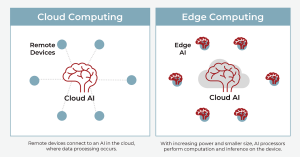
In cloud AI, data travels from a device to a remote server, where AI models run and return results. This process costs time and bandwidth, and it may pose privacy risks. Edge AI keeps data on the device, where the AI model runs locally. The main differences include latency, connectivity, privacy, and cost.
Latency and Speed
Cloud AI relies on network connections. If the internet is slow or spotty, AI responses can lag. In contrast, edge AI processes data on the device instantly. This low latency is vital for safety-critical uses like self-driving cars or medical monitoring devices.
Connectivity
Cloud AI needs a stable internet connection. If the connection breaks, AI functions may stop working. Edge AI works even without internet, since everything stays on the device. This reliability is crucial in remote areas or industrial settings with poor connectivity.
Privacy and Security
Sending personal data—like voice recordings, images, or health readings—to the cloud can pose privacy risks. Edge AI processes data locally, so sensitive data never leaves the device. This local processing reduces exposure to hacking and complies more easily with privacy laws.
Bandwidth and Cost
Continuous data transfer to the cloud consumes bandwidth and can be expensive for both service providers and users. Edge AI reduces data transfer by processing most data locally and only sending essential information to the cloud. This efficiency saves money and frees up network resources.
Benefits at a Glance
| Benefit | Impact on Users | Impact on Business |
|---|---|---|
| Instant response | Safer cars, smoother apps | Better customer experience |
| Privacy first | Data stays on device | Fewer compliance headaches |
| Lower bandwidth | Less buffering | Reduced network fees |
| Offline smarts | Works in remote zones | New markets without coverage |
Key Components of Edge AI
Building an edge AI system involves several layers: hardware, AI models, and software frameworks. Each plays a role in making edge AI possible.
Specialized Hardware
Edge AI devices often use chips designed for efficient AI processing. These include AI accelerators like GPUs (graphics processing units), TPUs (tensor processing units), and NPUs (neural processing units). Such chips can run AI models using less power while delivering fast performance.
Optimized AI Models
AI models designed for edge devices are typically smaller and faster. Techniques like model quantization and pruning reduce model size without sacrificing much accuracy. Smaller models fit on constrained hardware and run smoothly on devices with limited memory.
Edge AI Frameworks
Software frameworks like TensorFlow Lite, PyTorch Mobile, and ONNX Runtime help developers convert AI models into formats optimized for edge hardware. These frameworks include tools for model conversion, deployment, and performance monitoring on devices.
Popular Edge AI Applications
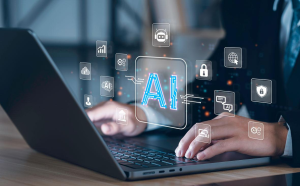
Smart Homes
Voice assistants now process wake-word detection offline, so a speaker no longer records until it hears “Hey.” Security cameras use on-device machine learning to filter out tree shadows and only alert on real threats.
Health and Fitness
Wearables classify heart-rate patterns to predict atrial fibrillation. Hospitals mount edge boxes that scan X-ray images for urgent issues, freeing radiologists for complex cases.
Manufacturing
Robots spot defects in real time, trimming waste. Vibration sensors flag failing motors before a costly shutdown. Because the model runs on-site, factories avoid sending proprietary designs to the internet.
Retail
Smart shelves recognize product gaps and reorder stock automatically. Cameras at self-checkout verify item types while respecting customer anonymity since no video leaves the store.
Challenges to Consider
Limited Resources
Edge devices have tight power and storage budgets. Developers must balance accuracy with size.
Model Updates
You need a secure pipeline that rolls out new models without bricking devices. Encryption and rollback plans are vital.
Diverse Hardware
An app may run on dozens of chip designs. Standard formats like ONNX help, but testing still takes effort.
Debugging in the Field
When something fails, logs may be scarce. Building remote-diagnostics tools early pays off later.
Tips for Successful Edge AI Projects
- Start small: Pick a single high-value task such as anomaly detection.
- Use transfer learning: Fine-tune existing models instead of training from scratch to save data and time.
- Measure everything: Track latency, power draw, and accuracy on real devices, not just in the lab.
- Plan life-cycle support: Budget for regular updates, security patches, and battery-health checks.
- Respect privacy: Design so raw user data never leaves the chip unless customers agree.
Future Trends in Edge AI
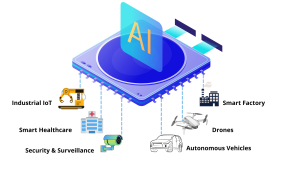
Edge hardware keeps improving, with three-nanometer chip processes enabling trillions of operations per second on a fingertip-sized die. Combined with 5G Advanced and upcoming 6G networks, we will see cooperative intelligence: devices share summaries rather than raw feeds, forming a mesh of ai at the edge. Expect smarter traffic grids, personalized education tablets that adapt offline, and agriculture drones that treat crops plant by plant without human direction. Regulations will likely demand more transparency, pushing vendors to open model cards that reveal data sources and bias tests.
Getting Started as a Developer
Choose a familiar framework—TensorFlow Lite, PyTorch Mobile, or Edge Impulse Studio—and prototype on a smartphone or Raspberry Pi. Collect a modest dataset, train in the cloud, then export a quantized file. Measure real-world speed using profiling tools. Join communities like TinyML for support. Over time, learn hardware-specific tricks, such as using INT8 arithmetic instead of floating point to cut power use by half.
Business Strategy for Adopters
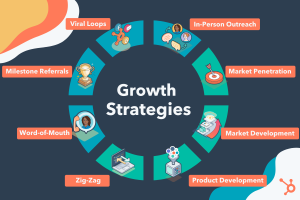
Decision-makers should identify pain points where milliseconds matter or privacy is critical. Build a pilot with clear metrics: lower latency, increased uptime, or higher customer satisfaction. Calculate return on investment by comparing network savings and risk reduction against development costs. Partner with chip vendors early for supply-chain certainty. Finally, craft a marketing story that highlights user trust and speed—two themes that resonate with consumers and regulators alike.
Conclusion
Edge ai moves the brainpower of advanced algorithms from distant servers into everyday devices. By shrinking models and leveraging specialized chips, companies unlock instant reactions, stronger privacy, and lower bandwidth bills. While hurdles like limited hardware and update complexity exist, careful planning and clear metrics pave the way for success. In short, edge ai lets businesses serve users faster and safer while controlling costs—a win-win that will shape the next wave of connected innovation.
Call to Action
Ready to build smarter products? Map one process that suffers from delay or privacy limits, prototype an edge ai solution this month, and measure the gains. Visit leading edge-ai forums or attend a local meetup to connect with experts. The sooner you start, the sooner your devices—and your customers—reap the rewards of intelligence at the edge.






